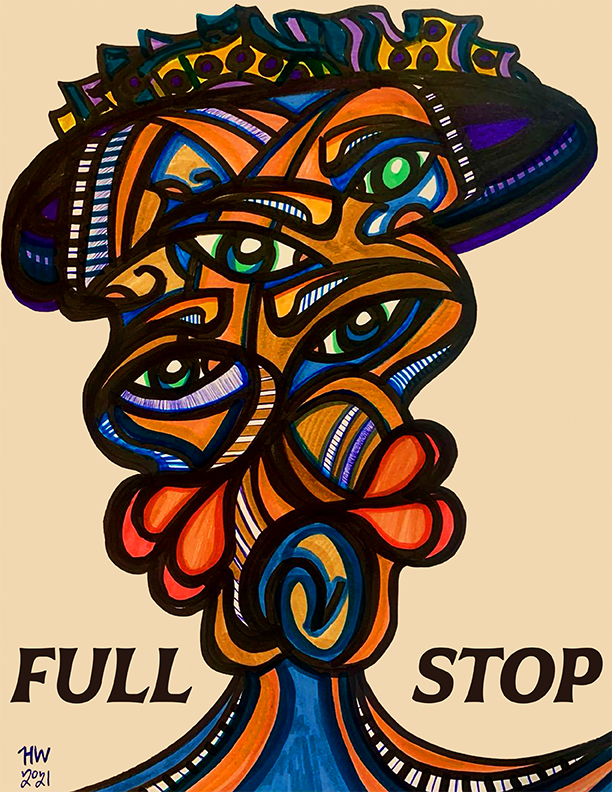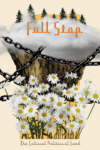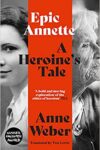
The following is an introduction to the latest issue of the Full Stop Quarterly, edited by Full Stop Fellow Kudrat Wadhwa. You can purchase the issue here or subscribe at our Patreon page.
Love ends in heartbreak. The rich will always get richer, and the poor, poorer. Climate apocalypse is inevitable. For every new COVID inoculation will come yet another mutation. And every movement in the streets eventually runs up against the resounding apathy of spineless politicians.
What does it mean to join a fight one no longer believes one can win?
Perhaps the cynics among us join because the alternative is more difficult. To be alone in despair is that much harder than to be, as Bukowski puts it, “Alone with Everybody”:
nobody ever finds
the one.the city dumps fill
the junkyards fill
the madhouses fill
the hospitals fill
the graveyards fillnothing else
fills.
Diogenes, who’s considered the founder of the ancient Greek philosophy of Cynicism, sought to live in a way that would not only offend the norms of his society, but also expose its perverse hypocrisies — notably, the distinction between the public and the private spheres. He slept in the street and conducted his private life in public, even defecating and copulating where all could see. He wanted people to see that real happiness lay not in material possessions, shackled by the demands of society, but in living in conjunction with nature.
Today, we use the term “cynic” or “cynical” to refer to someone who thinks that people are motivated purely by self-interest, or more colloquially, to someone who doubts the utility or worth of something. Some argue that today’s cynics, with their total lack of social or political conviction, have cheapened the philosophy of Cynicism: at least the ancient Cynics believed in something.
On the flip side, modern-day cynics would argue that unlike starry-eyed idealists who take everyone at their word, they are hesitant and suspicious and are the only ones who see reality for what it is. In this issue of the quarterly, writers confront this malaise and suspicion, what it means to them, personally and culturally.
In “Maria Messina’s Feminine Flaw,” Julia Conrad writes about the “Negative Nancy of Italian letters,” who wrote about real women stuck in subpar conditions. Could it be the author’s talent for writing her characters’ hopeless lives so well, and so realistically, that doomed her work to obscurity?
Caroline Reagan writes about isolation and art through the figure of Jean Des Esseintes, the protagonist of Joris-Karl Huysmans’s 1884 novel Against Nature. The last scion of an aristocratic family, Des Esseintes detests nineteenth-century bourgeois society and decides to retreat into an ideal artistic world of his own creation. Des Esseintes isolates himself from humanity (in his family’s multi-floored country estate) and engages only in art, music, and literature; and through this novel, Reagan investigates her own adolescence and her propensity towards self-isolation. While Reagan’s essay centers bourgeois cynicism, as epitomized by Huysmans’s protagonist, Julia Norza’s “Good, Bad, & the Complete Opposite’’ introduces cynicism in the figure of Cantinflas, a working-class Charlie Chaplin-esque character who heralded a shift in the Mexican film industry. In post-Civil War Mexico, ascending one’s class and rising up the ranks was virtually impossible, and thus Cantinflas abandoned any aspiration to wealth. Instead of working long, grueling hours like everyone else, he works the bare minimum and, as Norza argues, carries on the tradition of the “barrel-living, work-scoffing Diogenes.”
But Diogenes’s protest was not only a refusal; it was also an attempt to blur boundaries. In this spirit, Matthew Weddig’s poem, “no one mourns john krasinski, beloved husband and father who died a few hours ago,” attends to the existential, individuating experiences of grief and death as these are enmeshed with the impersonal “demands of capital.”
Two pieces ask the very important question, “Who gets to be cynical?” Mahnaz Dar explores this through Jodie Landon, one of the few Black characters in the hit nineties TV show Daria. Dar concludes that though both Jodie and Daria saw the flawed and oppressive world for what it was, Jodie knew that as a young Black girl, there would be times when she would need to shift gears away from her cynical attitude to get what she wanted. And, finally, in her interview with philosopher Scott Samuelson, Neha Mehrotra questions whether cynicism is just the “falling down of ideals,” and if modern-day cynicism — which manifests as a rejection of everything society and its institutions stand for and, by extension, a refusal to engage with suffering — is “a bit cheap.”
In a 2016 Harper’s piece titled “The Habits of Highly Cynical People,” Rebecca Solnit writes that for the naively cynical, all issues are black-or-white, and if a political action doesn’t achieve the exact goal it set out to, it is completely useless. Solnit argues that such a rigid view of the world is ahistorical: In reality, the ripples of a political action can be felt years or even decades after it occurs. To safeguard ourselves against this reductive and limiting form of cynicism, Solnit thus prescribes “an active response to what arises, a recognition that we often don’t know what is going to happen ahead of time, and an acceptance that whatever takes place will usually be a mixture of blessings and curses.” Like Solnit, we believe that cynicism is best as prophylaxis. By preparing ourselves for poor outcomes, we can avoid the more reactive, extreme, and paralyzing forms of cynicism.
Despite its bleak theme, we intend—dare we say hope—that this quarterly, and the various windows it offers on iconoclasts and ironists contemporary and historical, can generate new means of bridging the apparent chasm between cynicism and idealism.
This post may contain affiliate links.







